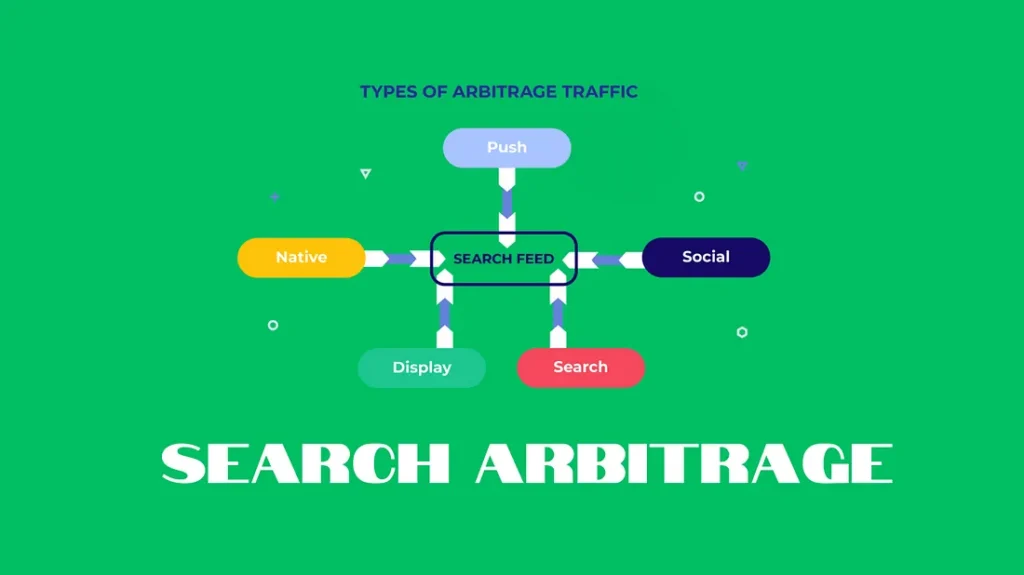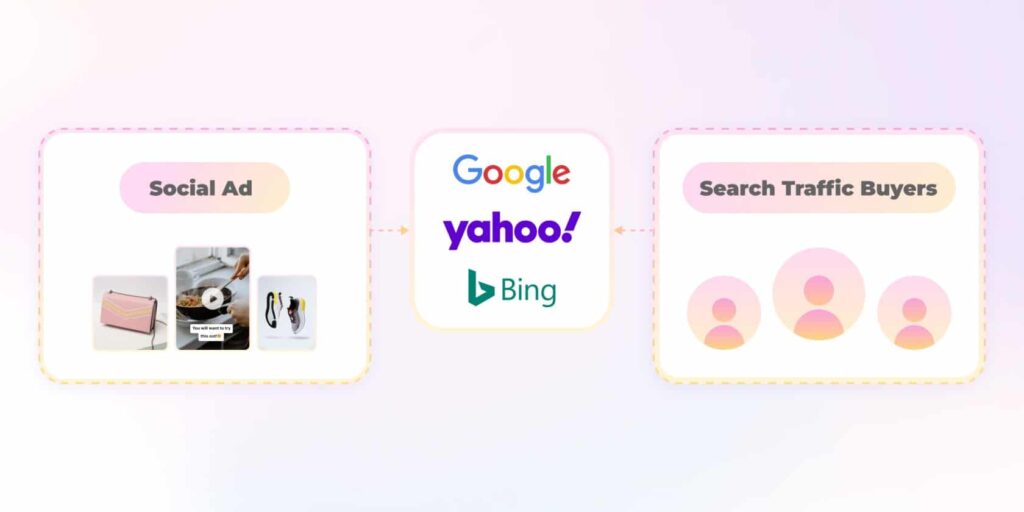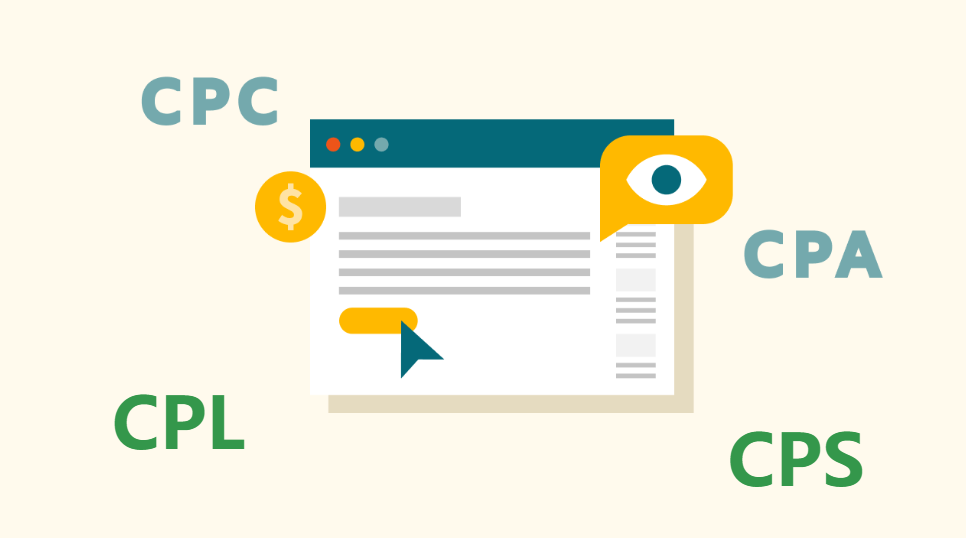Affiliate marketing is a dynamic and integral part of the digital marketing world, providing a robust framework for advertisers and publishers to generate revenue through performance-based results. This article delves into the core aspects of affiliate marketing, highlighting the key players involved, how the process works, its benefits, and the main traffic forms that drive affiliate campaigns.
Table of Contents
What is Affiliate Marketing?
Affiliate marketing is a collaborative marketing strategy where businesses (advertisers) pay external websites (affiliates) commissions for traffic or sales generated from the affiliates’ marketing efforts. It hinges on a performance-based reward system, making it a cost-effective and efficient method for expanding market reach.
Affiliate marketing is like a win-win game played between businesses and external websites. Here’s how it works: Businesses, known as advertisers, team up with external websites, or affiliates, who help promote their products or services. When these affiliates drive traffic to the business’s website or make sales, they earn a commission from the business. It’s like getting rewarded for bringing in customers or leads. This method is super cost-effective because advertisers only pay when the desired action, like a sale or a click, actually happens.
Plus, it’s efficient because it helps businesses reach new customers without spending a fortune on traditional advertising. So, affiliate marketing is all about businesses and affiliates working together to grow their reach and make some money along the way.

Key Roles in Affiliate Marketing
- Affiliate Network/CPA Network: These platforms serve as the middlemen between advertisers and affiliates, providing the necessary tools and infrastructure for managing offers, tracking performance, and handling payments.
- Merchant/Advertiser: Typically, these are the companies or entrepreneurs who initiate the affiliate programs to promote their products or services, looking to increase sales or lead generation.
- Affiliate/Publisher: These partners promote the advertisers’ offerings. They can range from individual bloggers to large websites that market the products or services in exchange for a commission on sales or leads.
- Traffic Network/Ad Network: These networks play a crucial role by supplying the inventory where ads can be displayed. They are essential for affiliates who rely on ad placements to drive traffic.
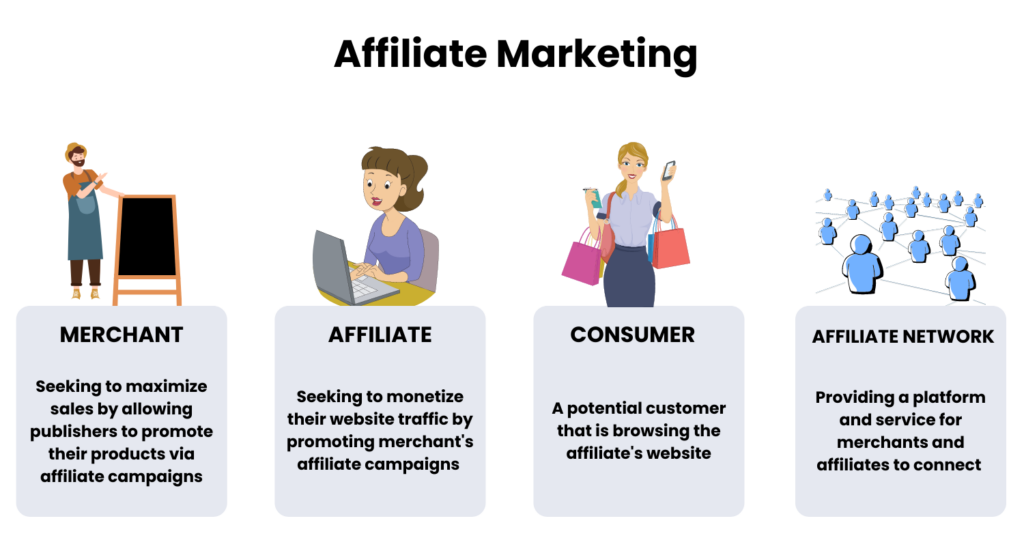
How Affiliate Marketing Works
Affiliate marketing operates on a performance-based model, where affiliates are rewarded for driving desired actions or sales. Here’s how it typically works:
- Affiliate Selection: Affiliates choose products or services to promote based on their relevance to their audience and earning potential.
- Promotion: Affiliates promote the chosen products or services through various marketing channels such as websites, social media, email marketing, and more.
- Tracking: Affiliate links or unique tracking codes are used to track the performance of affiliate campaigns, including clicks, leads, and conversions.
- Commission Generation: When a desired action, such as a sale or lead, is completed through an affiliate link, the affiliate earns a commission based on the predefined terms set by the merchant.
- Payment: Commissions are typically paid out on a regular basis, either through the affiliate network or directly from the merchant, depending on the payment structure.
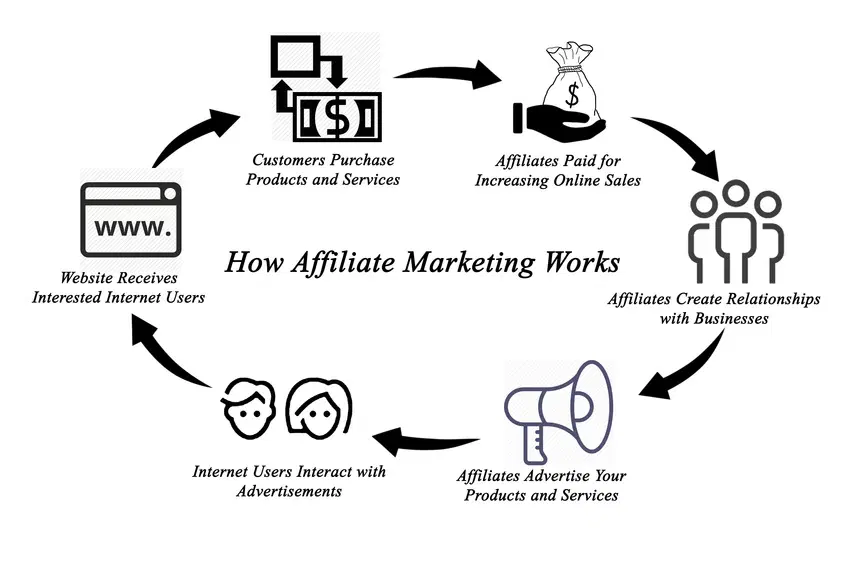
This content is sourced from Youtube: View more.
Advantages of Affiliate Marketing
Affiliate marketing offers several advantages for both advertisers and affiliates:
- Cost Efficiency: Advertisers pay only for successful transactions, making it a low-risk investment.
- Extended Reach: Affiliates can tap into broader audiences, significantly increasing visibility beyond traditional advertising boundaries.
- Scalability: Affiliate programs can easily scale up, allowing advertisers to manage costs while expanding their reach.
- Flexibility: Various operational models fit different marketing strategies and objectives, from simple banner ads to elaborate cross-platform campaigns.
Mainstream Affiliate Marketing Traffic Forms
Affiliate marketers leverage various traffic sources to drive visitors to their offers. Some of the mainstream traffic forms include:
1. PPC (Pay-Per-Click)
PPC advertising stands as a stalwart pillar in the arsenal of affiliate marketers. This strategy empowers affiliates to strategically bid on keywords pertinent to their offers and showcase ads prominently on search engine results pages (SERPs) or affiliated websites. With each click on their ad, affiliates incur a nominal fee, making PPC a pay-as-you-go model that aligns with performance-driven objectives.
2. Social Network
In the age of social connectivity, platforms like Facebook, Instagram, Twitter, and LinkedIn emerge as veritable goldmines for affiliate marketers. Leveraging the robust targeting capabilities and expansive user bases of these networks, affiliates craft compelling ad campaigns and organic content to captivate and convert their target audience. Whether through sponsored posts, influencer collaborations, or community engagement, social networks offer a fertile ground for forging meaningful connections and driving conversions.
3. Display
Display advertising serves as a visual beacon beckoning potential customers from afar. Through strategic placement of banner ads, pop-ups, or other visual stimuli on third-party websites, affiliates seize the opportunity to capture the attention of their target demographic and entice them to explore their offerings further. With the vast reach and diverse audience pools of display networks, affiliates can amplify brand visibility and extend their marketing reach to new horizons.
4. PPV (Pay-Per-View)
PPV advertising, also known as CPV (Cost Per View), presents affiliates with a cost-effective avenue to broadcast their message to receptive audiences. By deploying ads via pop-up or pop-under windows, affiliates ensure their content garners views from targeted segments of the audience. With a fee incurred for each view of their ad, affiliates optimize their budget allocation and maximize the impact of their advertising efforts, all while achieving a favorable return on investment.

Exploring Affiliate Marketing Terminology
In the vast landscape of affiliate marketing, understanding the intricacies of its terminology is paramount to navigating the industry with proficiency and efficacy. Below, we delve into the key terms essential for any affiliate marketer:
- Affiliate: An individual or entity that promotes products or services for merchants in exchange for commissions.
- Advertiser: The entity offering products or services for sale through the affiliate program.
- Click-through Rate (CTR): The percentage of users who click on an affiliate link compared to the total number of users who view the link.
- Commission: The payment affiliates receive for driving desired actions or sales for merchants.
- Niche: A specialized segment of the market with specific consumer needs and preferences.
- Network/Platform: The online platform or network where merchants and affiliates connect to facilitate affiliate marketing partnerships.
- Conversion Rate: The percentage of users who complete a desired action, such as making a purchase, after clicking on an affiliate link.
- Cookie: A small file stored on users’ devices to track their interactions with affiliate links and attribute conversions.
- Earnings per Click (EPC): The average earnings generated per click on affiliate links, used to assess campaign performance.
- Landing Page: The web page users are directed to after clicking on an affiliate link, designed to drive conversions.
- Pay per Click (PPC): An affiliate marketing model where affiliates are paid a commission for each click generated on their affiliate links.
- Pay per Sale (PPS): An affiliate marketing model where affiliates earn commissions only when their referrals result in a sale.
- Return on Investment (ROI): Measurement of campaign profitability relative to the investment made by affiliates.
- Tracking Code: Unique identifiers embedded in affiliate links to track user interactions and attribute conversions accurately.
- Affiliate Manager: A representative responsible for overseeing affiliate programs, recruiting new affiliates, and providing support to existing affiliates.

Conclusion
In conclusion, affiliate marketing thrives on collaboration and mutual benefit among its various players. By understanding the roles and dynamics of affiliate networks, merchants, affiliates, and traffic sources, marketers can harness the power of this model to drive revenue and achieve their business goals.
FAQs
What is the role of an affiliate network in affiliate marketing?
An affiliate network acts as an intermediary between merchants (advertisers) and affiliates (publishers). It provides the infrastructure to manage the affiliate programs, track sales or actions, and handle payments, ensuring transparency and efficiency in the process.
How do affiliates earn money in affiliate marketing?
Affiliates earn a commission by promoting products or services through various means such as blogs, social media, or websites. They use unique tracking links to direct traffic to the merchant’s site. If a purchase or specified action is completed through these links, the affiliate earns a commission based on the agreed terms in the affiliate program.
Which traffic forms are most effective for affiliate marketing?
The effectiveness of traffic forms can vary depending on the campaign and target audience. Popular forms include PPC (Pay-Per-Click), where advertisers pay only when their ad is clicked; social networks for engaging a broader audience; display advertising for visual appeal; and PPV (Pay-Per-View) for campaigns aiming at high exposure.
Becoming a publisher with Bluefriday is straightforward. Begin displaying ads and earning revenue immediately.



